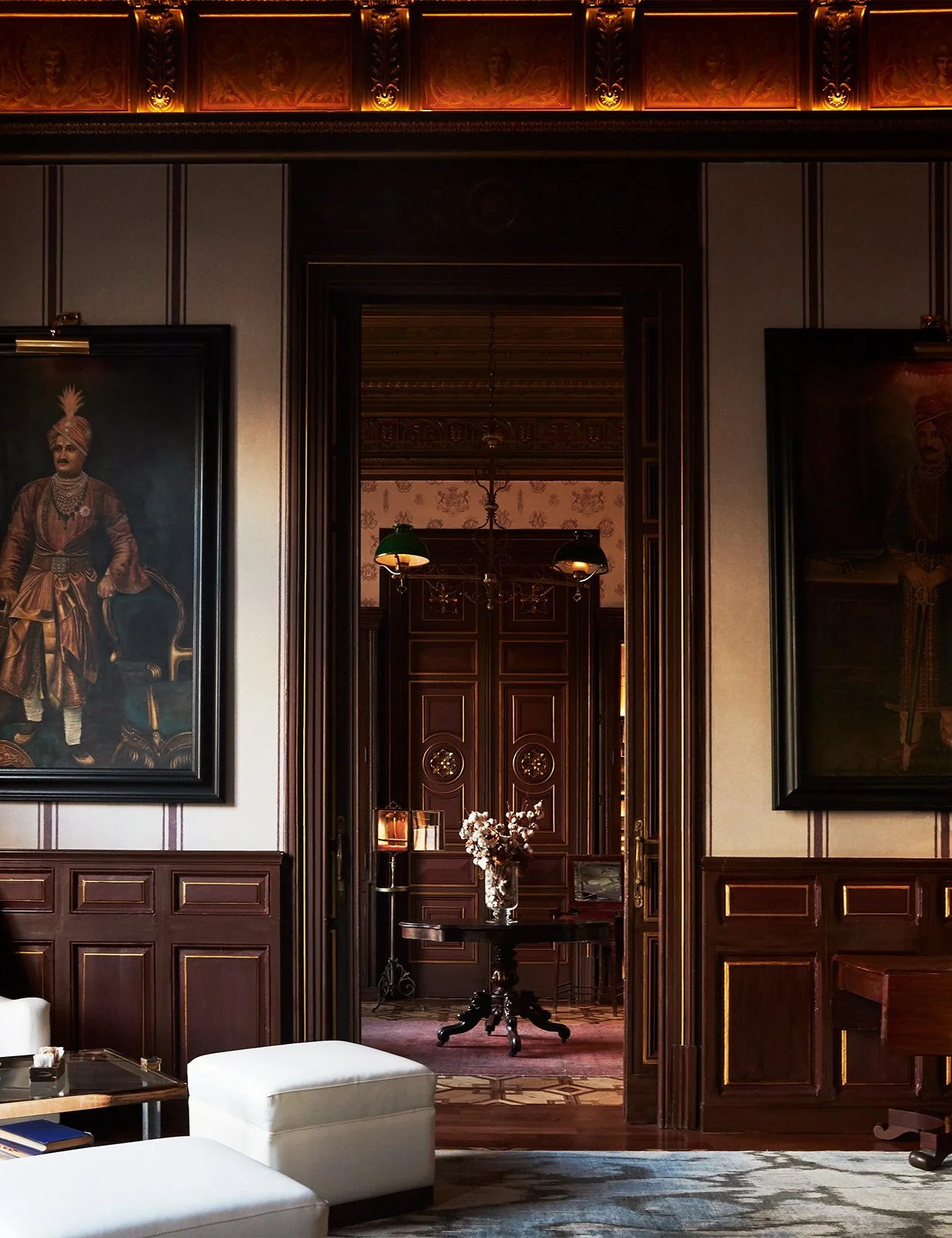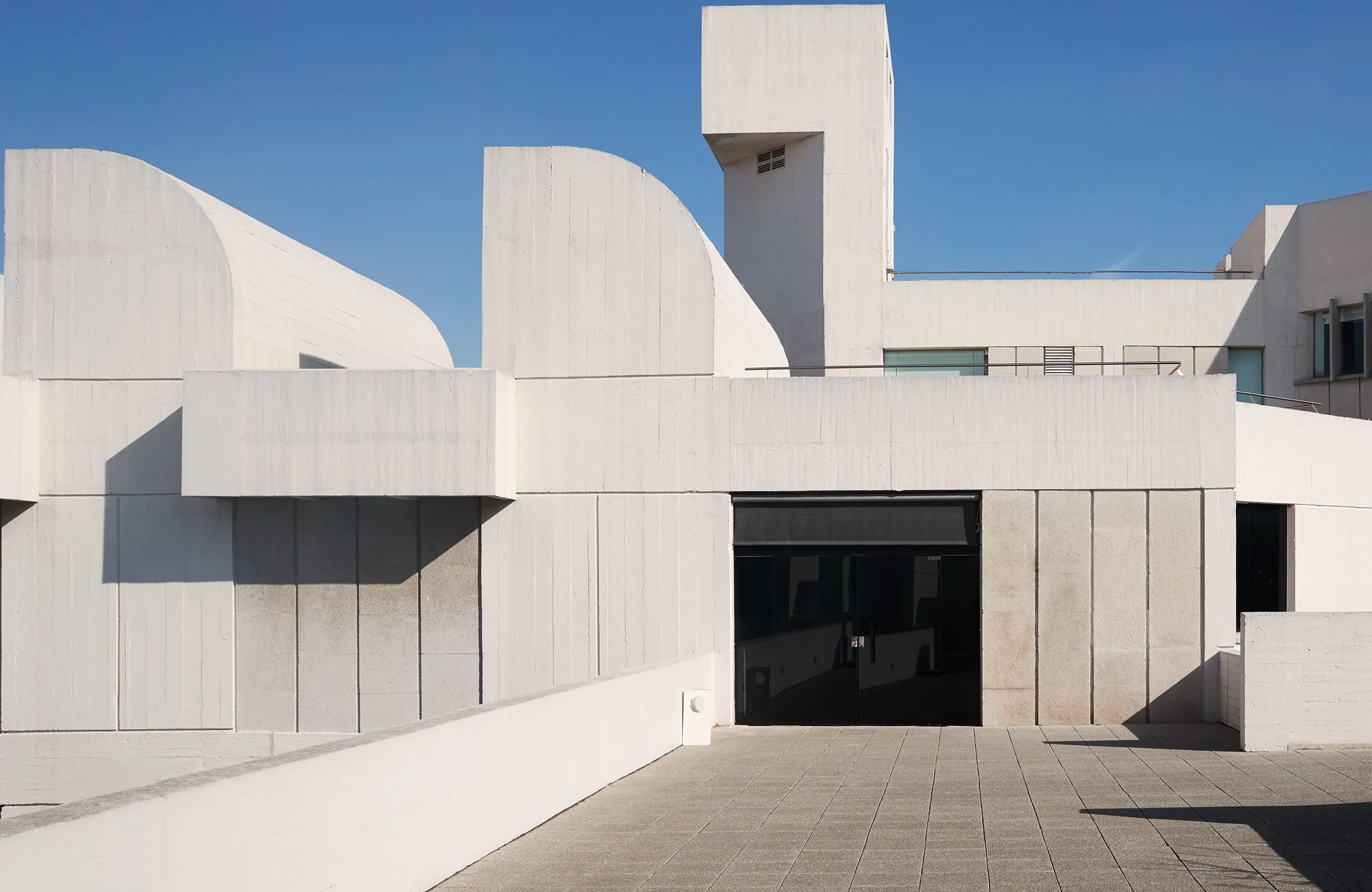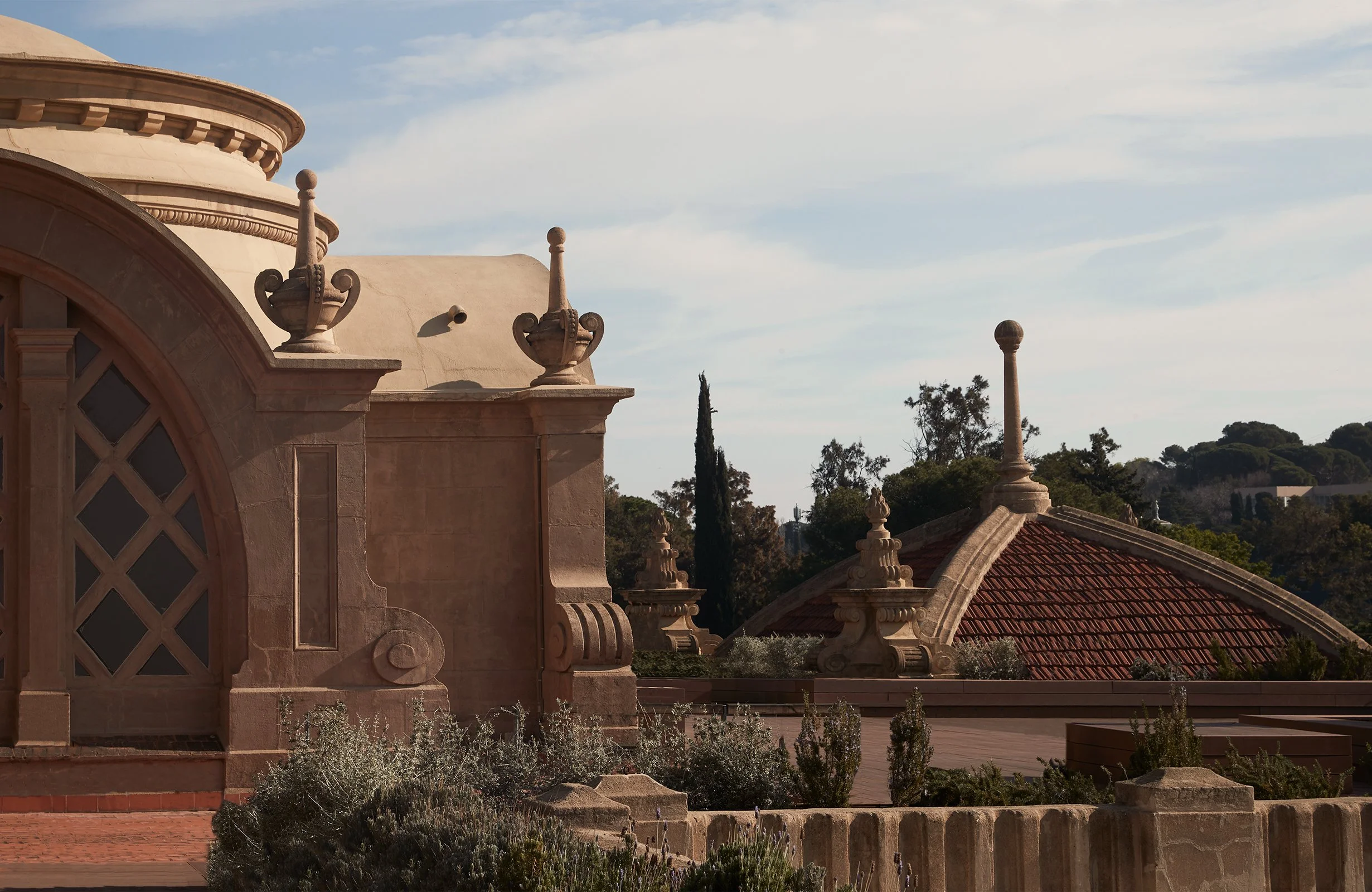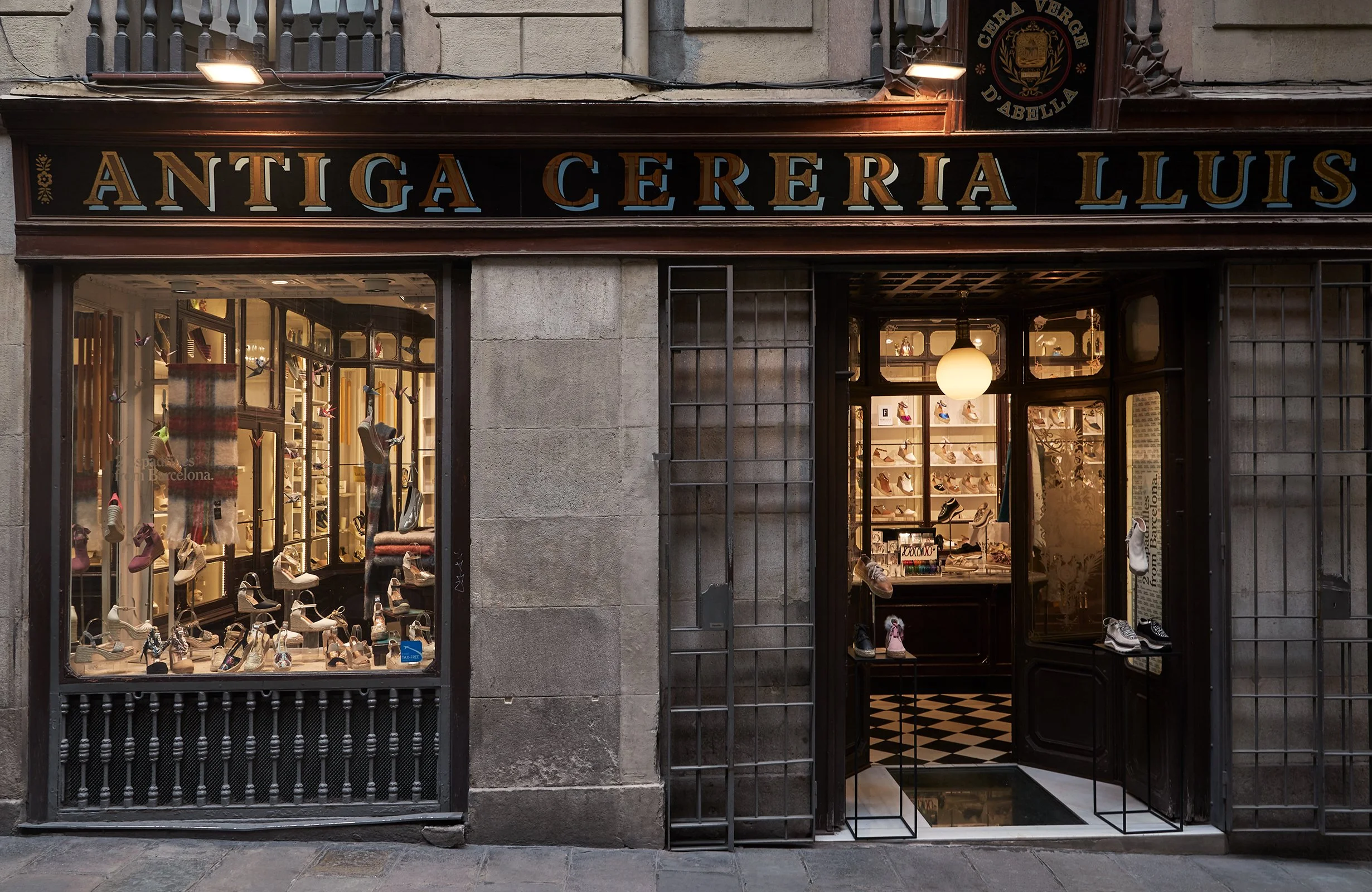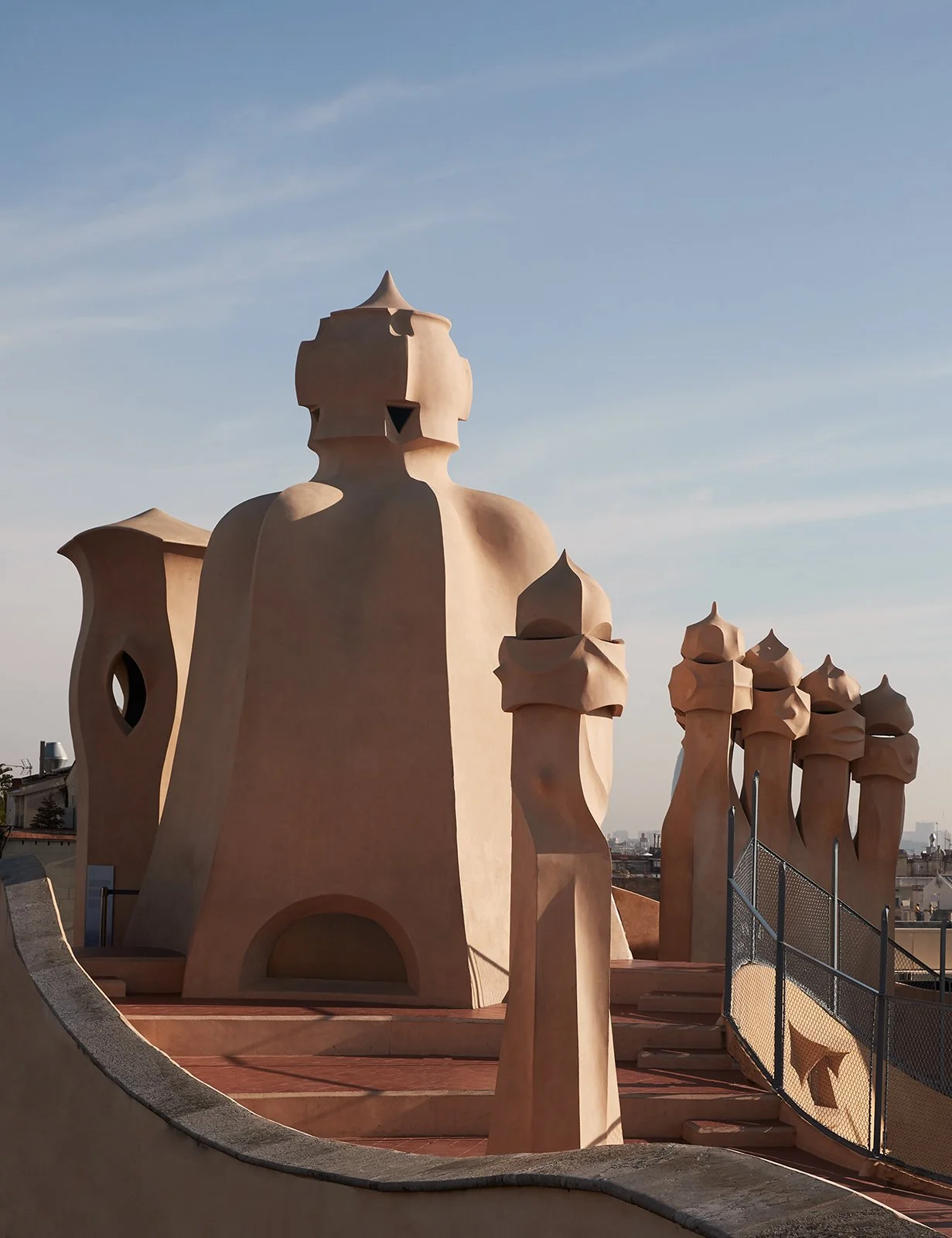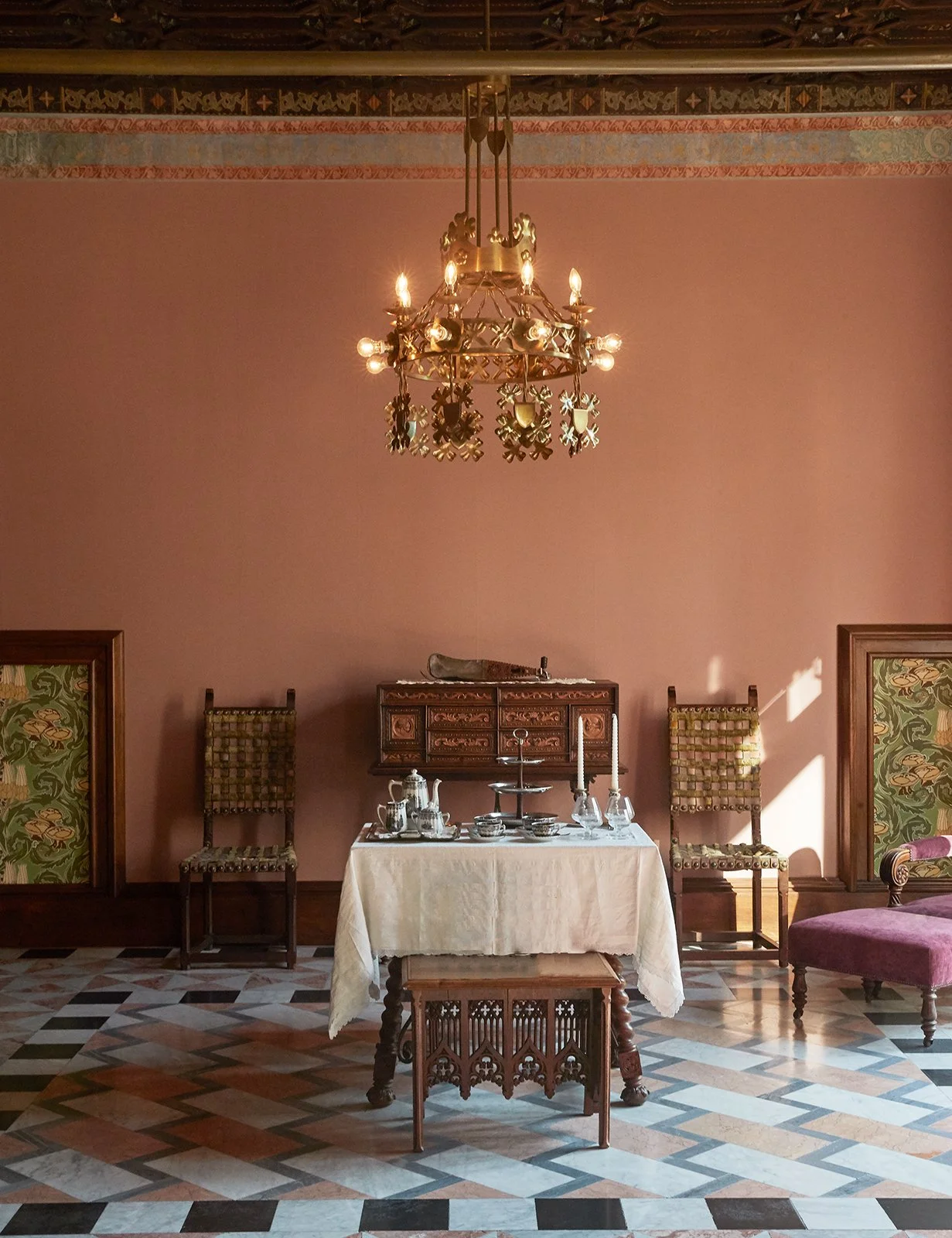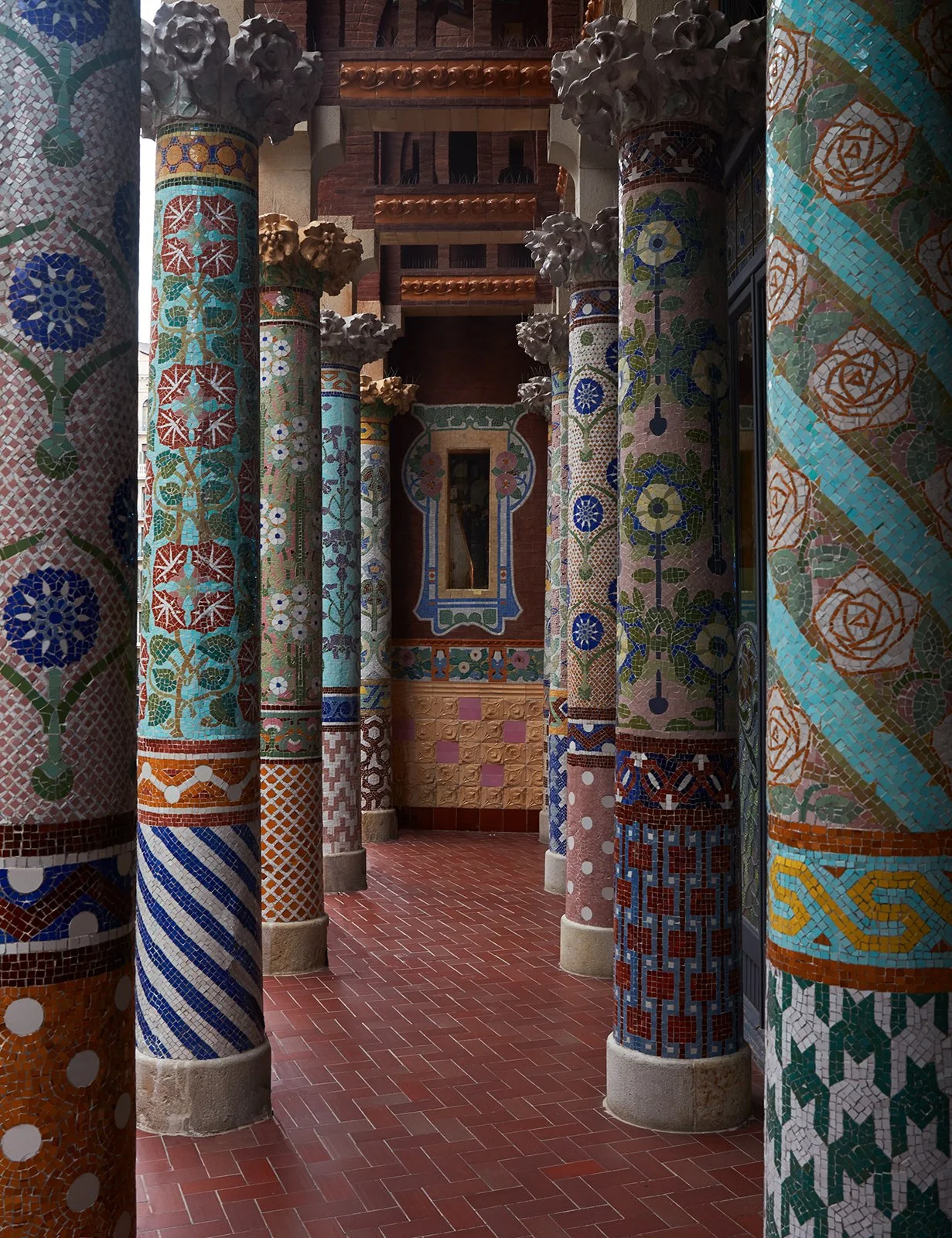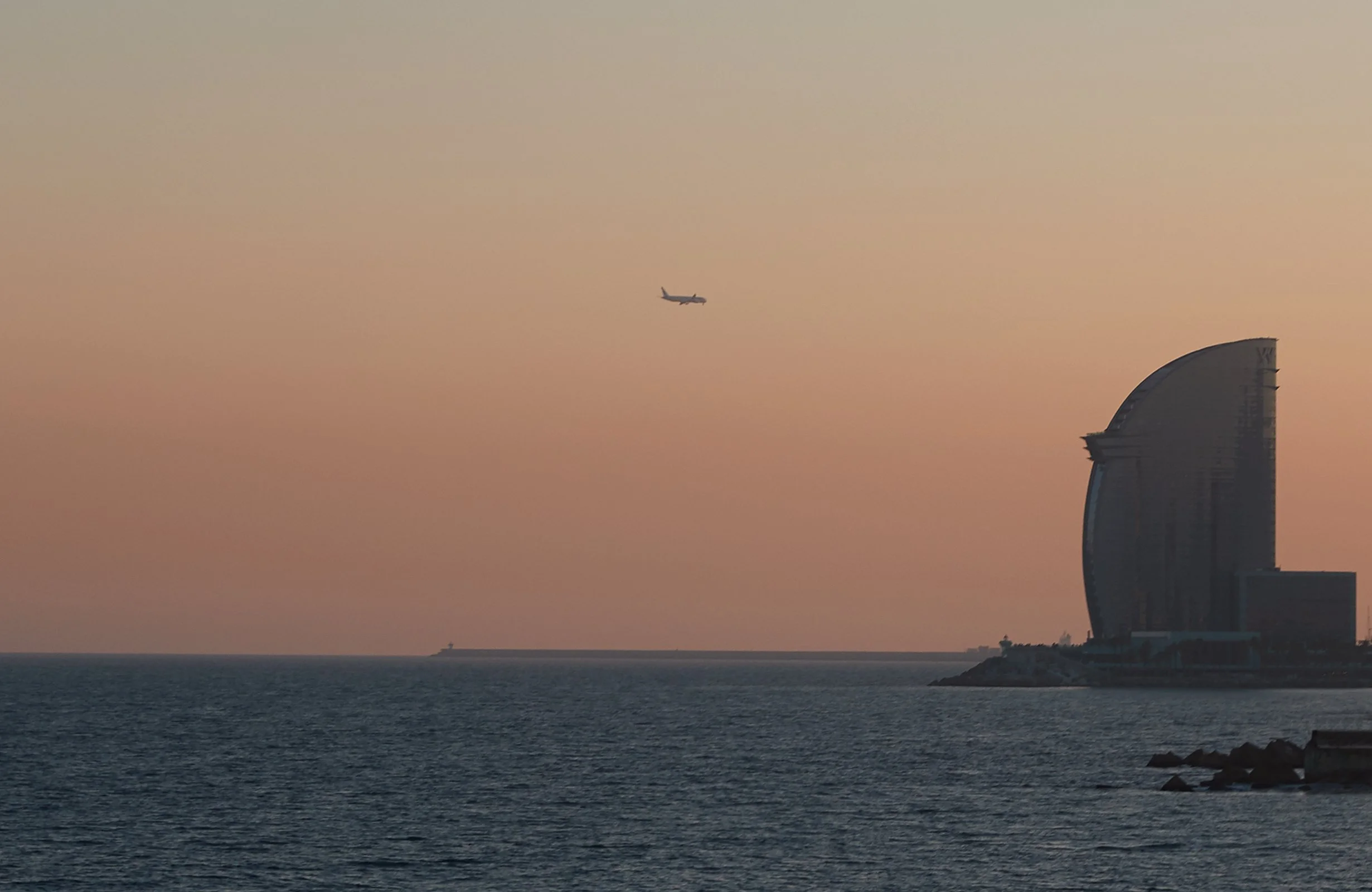Barcelona / Catalonia Calling
Category: Travel Guide
Location: Barcelona, Spain
Barcelona is a contentious destination. For many, it’s associated with pickpockets and incessant street music. On the other hand, it’s the centre of Modernisme Catalan, one of the most fascinating architectural styles of the last century, and its location by the Mediterranean Sea makes it perfect for those who can’t decide between a city break and a beach holiday.
Throughout history, Catalonia has enjoyed and lost varying degrees of autonomy. Since 1714, it has been part of the unified Spain, suppressing main Catalan political institutions and rights, turning it into a Spanish province. In the mid-20th century, Spain experienced the second-fasted economic expansion in the world (known as the Spanish Miracle), and Catalonia prospered as Spain’s most important industrial and tourist area.
In 1978, the new democratic Spanish constitution recognised Catalonia’s autonomy and language, and today, there are growing calls for Catalan independence. From many windows and balconies in Barcelona, the Catalan flag moves gently in the breeze, a statement of the many locals who wish to see an even more defined independence from Spain.
Where to Stay
One of the best places to stay in Barcelona is Soho House. The rooftop terrace is perfect to cool off during hot days, the Cecconi’s restaurant is a great place to eavesdrop on local artists and visiting trust fund babies, while the breakfast is generous and tasty., with great views of the city. The rooms are decorated in a comfortable Mediterranean Art Deco, and the location is perfect, right next to the historic city centre (also known as the Gothic Quarter).
Barcelona’s Cotton House Hotel stands on the site of the former headquarters of the Cotton Textile Foundation. The hotel holds several clues to this past in the shape of colonial-inspired details, created by interior designer Lázaro Rosa Violán.
Many of the original elements of the building have been preserved, such as the imposing marble staircase and boiserie ceilings. Here, the service is both informal and relaxed, making interactions a more personal – and thus more enjoyable – experience.
Casa Bonay is just a stone’s throw from Cotton House, but the two hotels are worlds apart. Casa Bonay is popular among the younger crowd and is a more budget-friendly option.
The hotel’s restaurant, Bodega Bonay, offers biodynamic and sustainable ingredients, its wine list has over 250 references and a strong emphasis on organic winemakers. Libertine, on the hotel’s ground floor, includes a cocktail bar (and serves breakfast in the morning), while TosTao is a specialty coffee shop, serving biodynamic coffee from local roasters.
Where to Eat and Drink
Barcelona’s Bar Brutal has been a long-time favourite in the world of natural and low-intervention wine. With more than 300 wines to choose from, many of them biodynamic, excellent tapas and kind staff, this place is the perfect place for a Spanish aperitivo.
If you want to stay for dinner, better make a reservation in advance – it’s as popular as it’s small, so there are not many tables available. After, go to Bar Paradiso, voted no. 1 in the list of the world’s best bars in 2022, and just around the corner.
Pastisseria Brunells, one of Barcelona’s oldest and most prestigious pastry shops, has been given a brand-new interior design by Ekis Studio; it’s sleek and minimalist, with turquoise as its signature colour.
Sit down for a relaxing coffee or pick up a bag of chocolates on your way.
Not far from Patisseria Brunells, Passatge Sert is a peaceful pedestrian pathway, dating back to a 19th century textile factory. It links Carrer de Trafalgar to Carrer de Sant Pere Més, and is open to the public during business hours. Here, Nomad Coffee Lab & Shop offers freshly harvested, locally roasted coffee (of single origin). They also have two other shops in Barcelona, but this is the most experimental.
Casa Lolea is home to Sangria Lolea, the gold standard for quality bottles of the Spanish drink. The brand also has their own restaurant, with a dining room with views of Passatge Sert. And just at the exit of the pathway you’ll find Talisman Bistro Bar, with a generous wine list and concerts in the evening.
For lunch, the Wittmore Hotel’s restaurant Contraban in the historic centre is a perfect choice. Under guidance from chef Alain Guiard, the restaurant offers a creative cuisine, together with a wine list that highlights the locally produced. Note that it’s adults only. Afterwards, visit the nearby Picasso Museum, widely considered the best Picasso collection in the world, or go to the Cathedral of the Holy Cross and Saint Eulalia, where you can enjoy a rooftop stroll.
The Museum Area of Montjuic
Ever since its inauguration in the summer of 1975, Fundació Joan Miro has overlooked Barcelona from the hillside of Montjuïc. You can study the artworks, visit the rooftop, stop for lunch in the restaurant, or enjoy a coffee in the shaded courtyard. Many of the artworks were donated by Miró himself, including the famous “Hermitage of San-Juan Huerta”, “Street Pedralbes”, and “Portrait of a boy”.
Only a few minutes by foot from the Miró museum, the MNAC was constructed for the International Exposition of 1929. Five years later, it was transformed into an art museum, specialising in the mediaeval era. Today, it also houses Romanesque art, as well as the development into art.
To visit the museum is to successively learn about the different movements in art from a historical perspective, seeing how one morphs into the other, as you go from one room to the next. Its particularly famous for its collection of Romanesque church paintings, as well as the examples of Catalan art and design from the 19th and 20th centuries.
The intent behind what today is known as the Mies van der Rohe Pavilion, presented in the international exhibition held in Barcelona in 1929, was that it should represent the new Weimar Germany: democratic, progressive, prosperous, and pacifist. The building was transparent, showing that Germany had nothing to hide, a self-portrait through architecture, manifested through its free plan-design and seemingly floating roof.
Inside, only a single sculpture (by Georg Kolbe) and the specially designed furniture (the today iconic Barcelona chair) were allowed. Because of the lightness of the design, van der Rohe could explore blurring the line between outdoor and indoor, essentially making the building appear as though it wasn’t really there.
Across the street from the pavilion, the cultural centre CaixaForum offers performances and exhibitions, as well as a pleasant café.
Where to Shop
In 2013, Jonathan Anderson became creative director of Loewe, and quickly turned the slumbering luxury brand into one of the world’s leading fashion houses. Often referred to as “the Spanish Hermès'', Loewe is known for its boho-chic design and excellent craftsmanship.
The Casa Loewe flagship store in Barcelona is inside a Lluis Domenèch I Montaner-building, its interiors defined by a combination of ceramic tiles and concrete floor, with a bamboo sculpture by Japanese artist Tenable Muñoz as its centrepiece.
The go to-souvenir when visiting Barcelona is otherwise (obviously) a pair of espadrilles. They should be handmade locally and reasonably priced. One of the best options is 2Espadrilles, housed in a former candle shop.
The original espadrille company in Barcelona is La Manual Alpargatera, operating in the same store since 1941.
For culinary treats, try Colmado Múrria, voted one of the most beautiful stores in Barcelona. However, this reputation has made the storekeepers wary of tourists, so don’t take any photos and make sure to practise your Spanish (or even better, your Catalan) before entering.
A friendlier place, with exceptional products from all over Spain (and often not found for sale anywhere else as they mainly cater exclusively to the hospitality industry) is Tierra Trágame, a warehouse (but open to the public) that doubles as a tasting room and store.
Modernisme Catalan
What makes the Modernisme Catalan-movement so appealing? The most famous example is Antoni Gaudi’s Sagrada Familia, the monumental cathedral still under construction in central Barcelona. The movement, which originated during the late 19th and early 20th centuries, used aesthetics to make philosophical statements.
The use of nature-inspired motifs serves as a reminder of our intrinsic connection to nature, while the asymmetry encourages us to embrace imperfections. Each structure encapsulates life lessons carved out in stone.
Nowadays, it’s also considered a movement based on the cultural revindication of a Catalan identity.
Casa Vicens
Antoni Gaudi i Cornet was influenced by his three passions in life: architecture, nature, and religion, integrating these themes in ceramics, stained glass, wrought ironwork forging, and carpentry. Casa Vicens was his first major project, built in the 1880s in the Gràcia neighbourhood of Barcelona.
Aesthetically, it belongs to the orientalist style, though of course interpreted through Gaudi’s particular and unique lens. For the first time, Gaudi outlined some of his constructive resources that eventually would become some of the most regular features of Modernisme.
As predicted, the villa caused a great sensation when it was built. The area was still an independent urban nucleus of Barcelona and was classified as an independent town.
Villa Vicens was intended as a summer residence. During the construction process, Manuel Vicens and Gaudi became good friends, and Gaudi would spend many summers with the family, designing furniture for them to use. Gaudi also personally oversaw the construction of the villa, watching the workers while sitting under a parasol to ensure that the work was of consistently high quality.
Park Güell
Park Güell is a privatised park system, not far from Villa Vicens. It was designed by Gaudi a few decades after the completion of the villa, and was officially opened as a public park in 1926.
The park design reflects his naturalist phase, as seen in the inspiration from organic shapes that defines the park. Gaudi introduced a series of new structural solutions, rooted in the analysis of geometry to his ornamental style, which links this project to his coming work on the Sagrada Familia.
Güell and Gaudi conceived this park within a natural park. Initially, it was planned to be a garden city, inspired by British innovations in this area, but the project was commercially unsuccessful and ultimately, only two houses were built. One was bought by Gaudi (as no one else was interested), who moved there with his family and his father in 1906, and this is where he lived until his death in 1926.
Casa Milà
Casa Milà, popularly known as La Pedrera (“the stone quarry”) was the last private residence designed by Gaudi, built between 1906 and 1912. It was commissioned by the Mila family, at the time controversial because of its unconventional façade, together with a free-plan floor, underground garage and a spectacular terrace on the roof.
As a child, Gaudi’s health was poor and he had to spend his summers resting at the family’s summer house, which allowed him to deeply study nature. This experience would translate into his work on La Pedrera.
The building didn’t respect any rules of conventional style, and it was ridiculed for its appearance by the locals. Gaudi however planned for the Casa Milá to be a spiritual symbol, and so overt religious elements were included, such as an excerpt from the Rosary on the cornice. One of the most notable elements is the roof, crowned with skylights, staircase exits, fans, and chimneys, constructed out of brick covered with lime, broken marble, or glass.
It’s evident that the design of the roof is a progression based on Gaudi's work with Park Güell, but this time the work is even more innovative, creating shapes and volumes with more body, more prominence, and less polychromasia. The windows are of varying sizes to optimise the amount of natural light.
Casa Amatller
When chocolate baron Antoni Amatiler bought the house on Manzana de la Discordia (“the discord block”), he already knew that he wanted to radically change its appearance, to align it with the current style. He engaged architect Josep Puig i Cadafalch to re-envision the structure. The result is a strange hybrid of Gothic and Flemish, one of the most interesting examples of Modernist Catalan.
The architect was inspired by 17th-century Dutch townhouses. There are several nods to the source of the family’s fortune: sculptures (by Eusebi Arnau) that include chocolatiers at work, almond trees, and blossoms. The façade pattern resembles Flemish tapestry, specifically The Lady and the Unicorn with their backgrounds of mille-fleurs, similar to the flower tiles that coat the house.
The story behind the name of the block refers to the tensions between the three leading architects of this time in Barcelona: Antoni Gaudi, Lluis Domènach i Montaner and Josep Lluis Cadafalch.
While Gaudi was the foremost representative of the Modernism–movement, Puig i Cadafalch orientated himself more towards a traditional style, and preferred to find inspiration in Gothic and Moorish elements.
Palau de la Música Catalan
This building was completed in 1908 for Oleó Català, a choral society and romantic revivalist movement that incorporated stylistic and philosophical elements of other 19th century movements. Their aim was a full restoration of Catalan as a language of culture (and consequently an official language of Catalonia).
One year after its completion, the musical palace won an award from the Barcelona City Council as the best building built during the previous year and since 1997 it has been declared a UNESCO World Heritage Site.
Barcelona Beach-life
The longest beach in Barcelona is easy to reach by foot, if it’s not too hot and you have time to spare. It’s a beautiful walk (as long as you avoid the depressing zoo). Sant Sebastià is 600 metres long and goes from the W Hotel to Plaça del Mar. It’s well adapted to wheelchairs and also reachable by bus, should the idea of a long walk not seem appealing. After Santa Sebastià, you’ll come to Platja de Sant Miquel, one of the oldest beaches in the city. Here there are public water fountains, bicycles for hire while the entire beach is a smoke-free area.
The best way to enjoy the beaches of Barcelona is to get here early in the morning, when it’s still cool out and most tourists are still getting ready. Beginning your day with a quiet swim, before returning to the city with its many sights, is for us the perfect way to enjoy this corner of the Mediterranean Sea.



